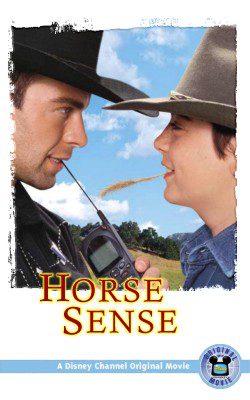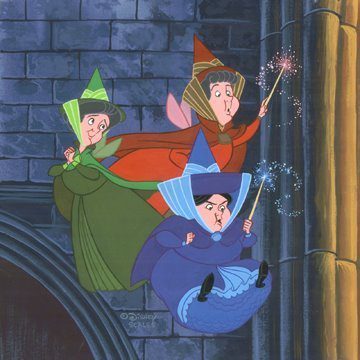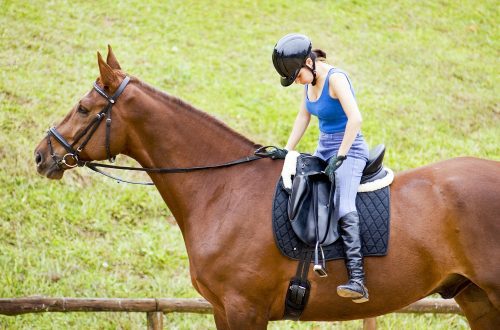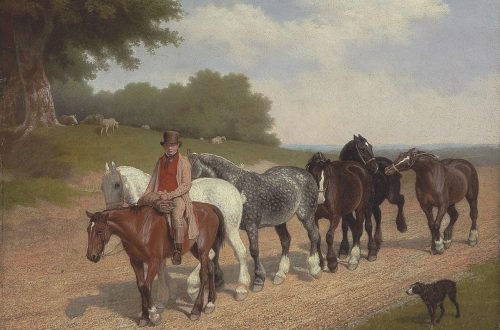
What is Horse Sense?
What is Horse Sense?
Horse Sense…it’s a nebulous term used by equestrians all over the world. The way some of them describe this “feeling” makes it seem like a gift from the fairies presented in front of the whole kingdom.

Many instructors believe that “feeling” is a skill that a rider either has or does not have, from one extreme to another. Personally, I don’t think so.
But what is the “feeling of the horse”? What does it mean to ride with “feeling”?
A horse is a dynamically moving creature on which the rider must be able to sit.
The first piece of the “feel for the horse” puzzle is the stable position of the rider. Without it, he will not be able to receive information from the horse through his body and know how to interpret it. Note that I’m not saying that the fit has to be perfect (although the better it is, the better and faster the rider can correct problems). My point is that it should be stable, or independent, so that you can correct and improve your horse’s movements. If you’re sitting tight trying to stabilize yourself in a training trot and the only signals firing at your brain are “SOS! SOS! How strong it hits!”, you will not be able to feel through your seat the connection of the horse’s hind legs and back, cadence, tempo, rhythm, etc.
As your seat becomes more independent, you will be able to feel the finer aspects of the ride. Think of it like a painting. As a child, you draw with your finger at first, then your level increases and you start to trace the outlines of the drawings from number to number, but still use wide brushes and colors that do not match each other. As you learn, your skill grows, your “feeling” grows, you can use new and more advanced methods, cope with more refined and complex paintings.
Every move your horse makes, or even the way it stands, causes a physical reaction to go through your body. It can be very pronounced when your horse is running all over the arena with you clinging to his back, or subtle, for example, in a slight change in balance that you gently feel the back of your pelvis. In a physical sense, “feeling” is the ability to connect your body with your horse’s body, to understand what stimuli he is giving you, and how to correct or maintain the feeling he is giving you. The more you feel, the better you can correct or maintain, and the better the result of your labors will be. These are the building blocks of a physical “feeling” and, as far as I know, there are no shortcuts to form it. At the same time, I firmly believe that a rider with an open mind and a thirst for knowledge can develop his “horse sense”.
The second piece of the puzzle is the mental aspect of “feeling” and is more rigorous than the physical. The mental aspect of “feeling” is the combination of teacher, trainer and student in one rider. You must get on the horse and, if it is pinched, understand what is causing it (weather, injury, pain, etc.) and respond accordingly.
You will have to ride rebellious young horses and determine if the reason for their behavior today is that they are stagnant and feeling too cheerful, or the reason is that they are embarrassed by a new skill they are learning or testing their limits in your herd. from two individuals.
The mental aspect of “feeling” is also characterized by great patience and compassion, both for oneself and for the horse. (Patience is something I personally work on all the time. It is one of my biggest weaknesses.) This is the part where the “learner” comes into play. The horse will submit to you more and more, and as soon as you lose the “learner” in yourself, you will lose something essential for your own development as a rider. More importantly, you will lose the heart of the ride. You will lose the surprise that comes when some new aspect of practical knowledge is revealed to you and your understanding becomes even clearer.
Have the authority of a teacher to pass on what you know, but don’t let it degenerate into arrogance or you won’t learn anything.
So, dear readers, the “feeling of the horse” is something that grows and develops with the rider, both physically and mentally. This is the path of dressage and true riding in any discipline. Those who believe that “feeling” cannot be developed are profoundly mistaken.
Bonnie Walker (source); translation by Valeria Smirnova.





